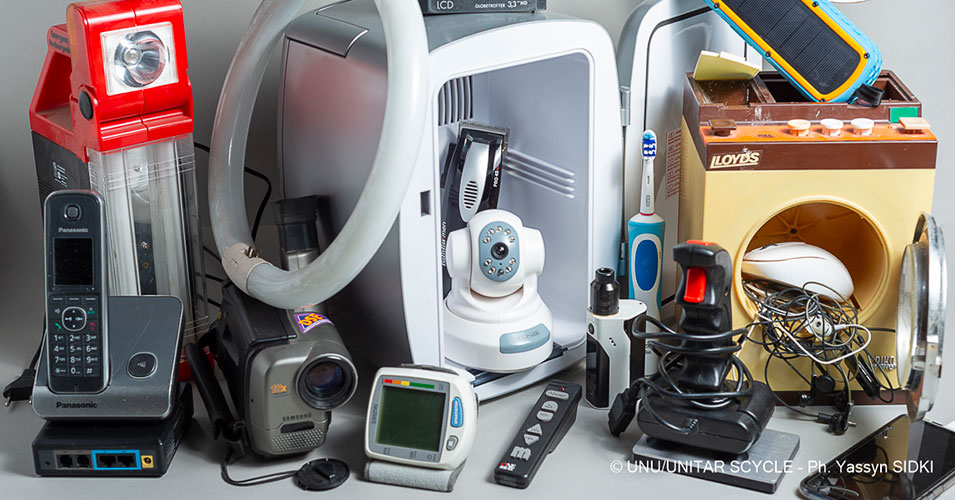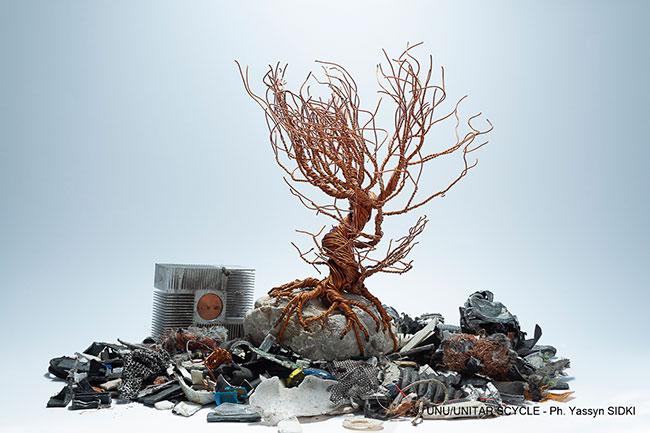
Oceania has been ranked second in the world for e-waste generation per person, at 16.1kg per capita, behind Europe with 16.2kg, according to the Global E-waste Monitor 2020 report released today.
The Americas ranked third at 13.3kg per capita, while Asia and Africa were much lower at 5.6kg and 2.5kg respectively.
Tonga is reported to have generated 0.3 kt of e-waste in 2019, which is 3.3kg per capita.
In terms of the volume of e-waste generation, Asia generated the most e-waste in 2019 by 24.9Mt, followed by the Americas (13.1Mt), Europe (12Mt), Africa (2.9Mt) and lastly Oceania (0.7Mt).
E-waste is discarded products with a battery or plug, ranging from white goods to tools, IT equipment and toys among others.
According to the report, Tonga does not have a national e-waste legislation/policy or regulation in place along with other Oceania countries that were monitored such as New Zealand, Fiji, PNG, Micronesia, Kiribati, Palau, Samoa, Tuvalu, Solomon Islands, and Vanuatu. Australia is the only Oceania country with such regulations in place.
So far seventy-eight countries worldwide have adopted a national e-waste policy, legislation or regulation.
E-waste increasing
In 2019, the amount of electronic waste generated worldwide was a record 53.6 million metric tonnes (Mt). This is equivalent to the weight of 350 cruise ships the size of the Queen Mary 2, enough to form a line 125 km long.
E-waste generation has increased by 21 percent in just five years (2014-2019).
The main types of E-waste in 2019 comprised of small equipment (17.4Mt) such as microwaves and toasters, large equipment (13.1Mt) such as washing machines, and temperature exchange equipment (10.8Mt) such as air conditioners and refrigerators.
While screens and monitors, lamps, small IT and telecommunication equipment such as mobile phones, represented 6.7Mt, 4.7Mt, and 0.9Mt respectively.
Formal collection and recycling
Only 17.4% of the 53.6 Mt of e-waste generated in 2019 was officially documented as properly collected and recycled.
High value recoverable materials conservatively valued at US $57 billion, such as gold, silver, copper, and platinum, were mostly dumped or burned rather than being collected for treatment and reuse.
By 2030, the report predicts global e-waste to surge to 74 Mt.
Health and Environment impacts
E-waste has a negative impact on health and the environment, as it contains toxic additives or hazardous substances such as mercury, which can damage the human brain and / or coordination system.
Mercury is used in equipment such as monitors, PCBs and fluorescent and energy-saving light sources.
An estimated 50 tonnes of mercury are contained in undocumented flows of e-waste annually, according to the report.
And e-waste can also contaminate the environment through leaching of substances from landfills or stored electronics or by dumping acid into rivers. Contaminants can also enter the water system and food system through livestock, fish, and crops.
In terms of global warming, the report estimates that 98 Mt of CO2 equivalents were released into the atmosphere from discarded fridges and air-conditioners, contributing around 0.3 percent of global greenhouse gas emissions.
Pacific Islands region
The Pacific Islands region, consisting of 22 countries and territories, face unique e-waste challenges due to their spread-out and remote locations.
Waste management technologies, rapid urbanisation, limited institutional, and human resource capacities are among the key challenges for Pacific Island countries.





